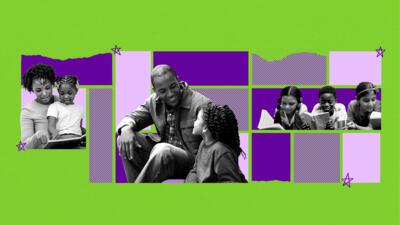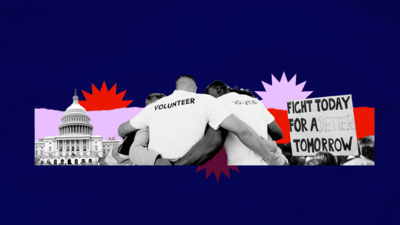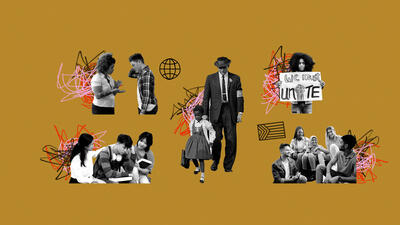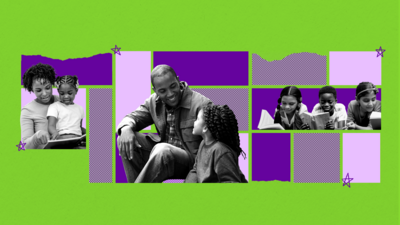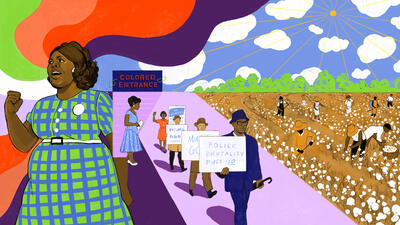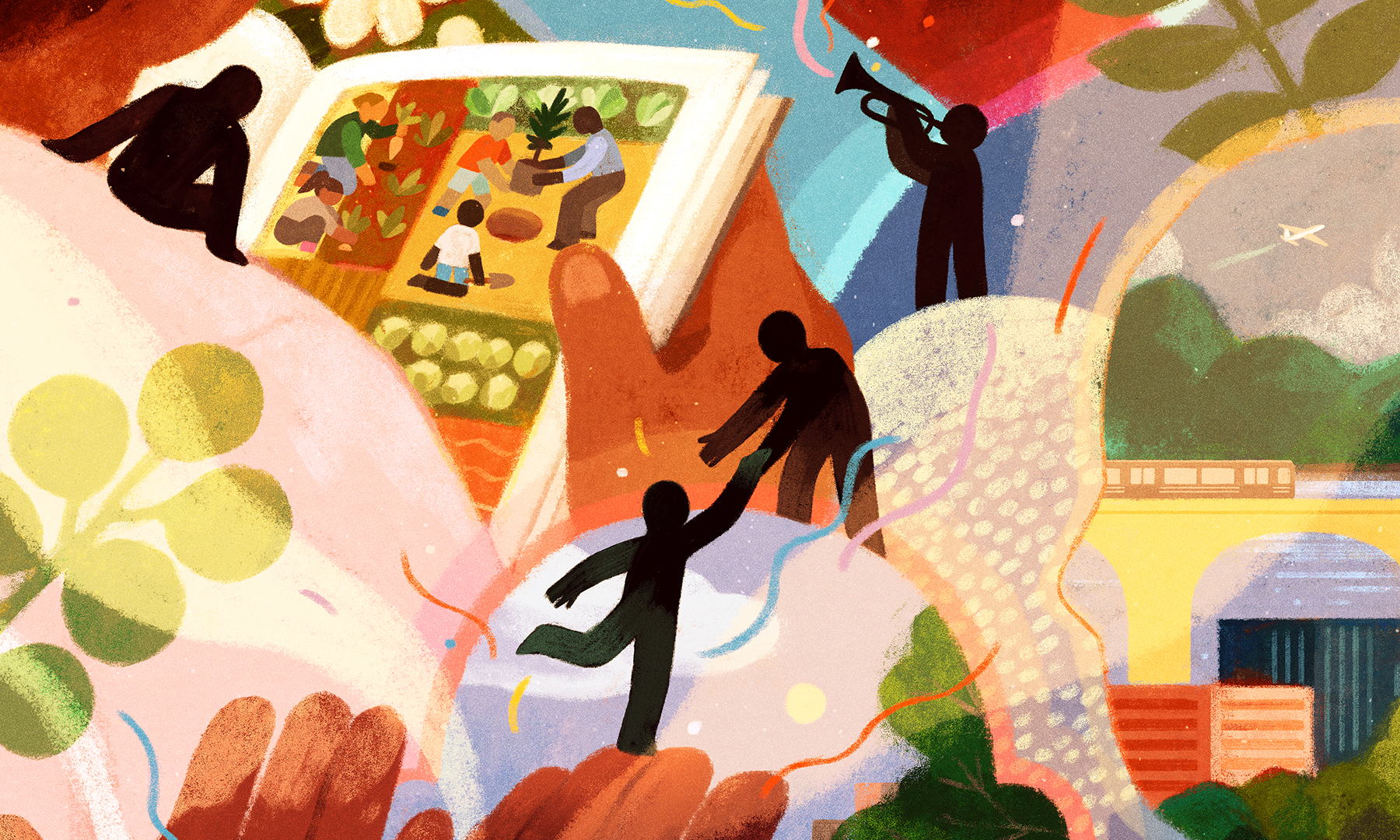
Education Justice Now
Cultivating Hope and Nurturing Children and Families
This holiday season, we offer resources for children and families to deepen our democratic values and celebrate our shared humanity. Let’s consider the ways we can come together in our communities to cultivate hope and nurture all our children and youth.
Our Growing Together resources for children and families include stories that provide affirming models of love, acceptance and a more just society. And our Liberation Lit page shares some of our favorite book reviews that reflect diverse perspectives, affirm identities, celebrate diversity and highlight justice. Nurture young people’s power to shape the future with resources from Youth Learning for Justice. Through learning that teaches honest history, introduces servant leadership (an approach that focuses on leadership in service of the community) and eases entry into the movement for justice, these resources aim to help young people realize their power to shape the future.
Commit with us to work toward transforming harmful systems and creating more supportive communities in which all young people can thrive.
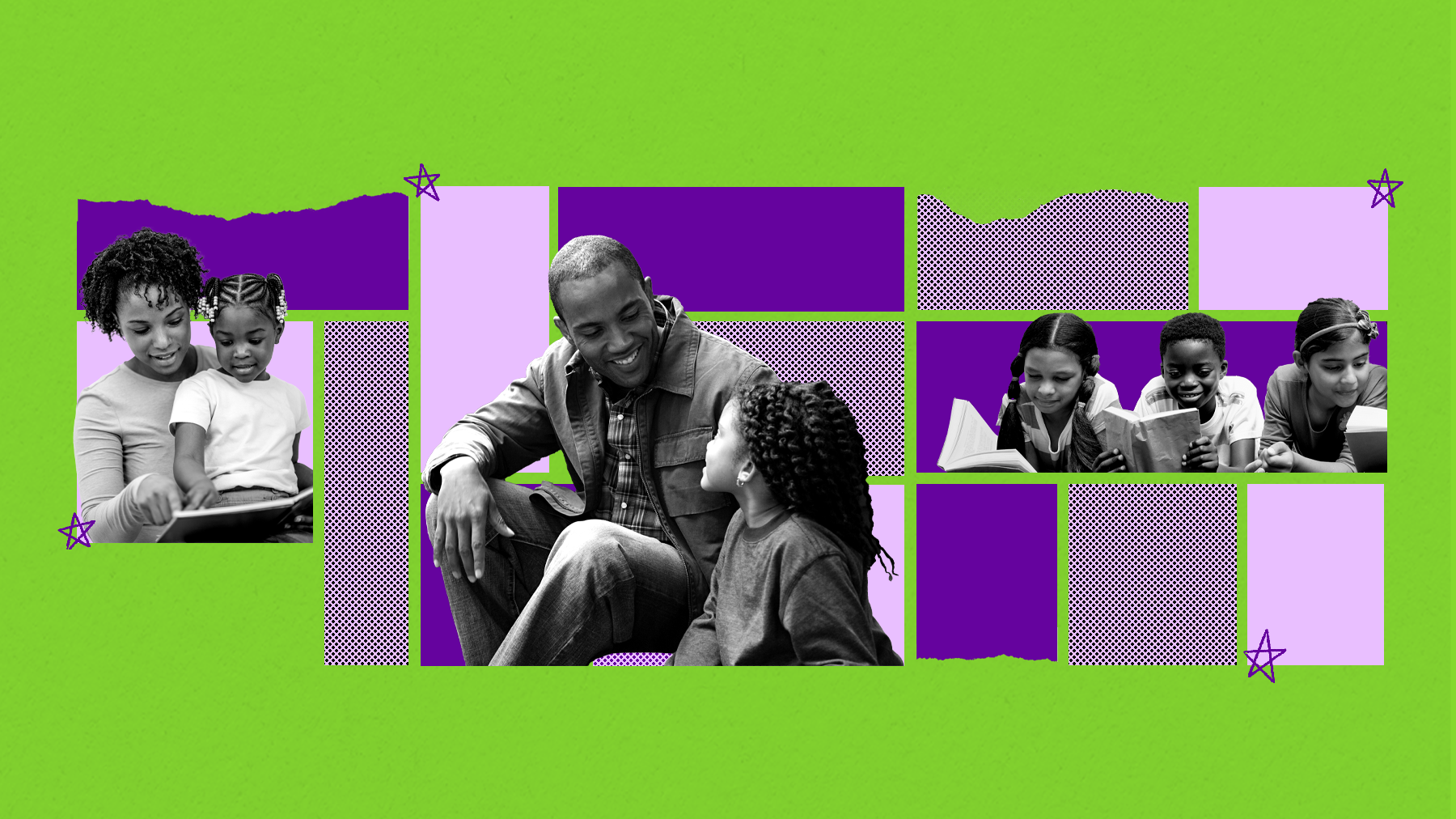
Growing Together: For Children and Families
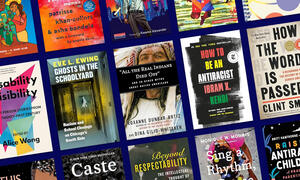
Liberation Lit

Youth Learning For Justice
View, discuss and share
Learn with us to strengthen democracy and build a more just society
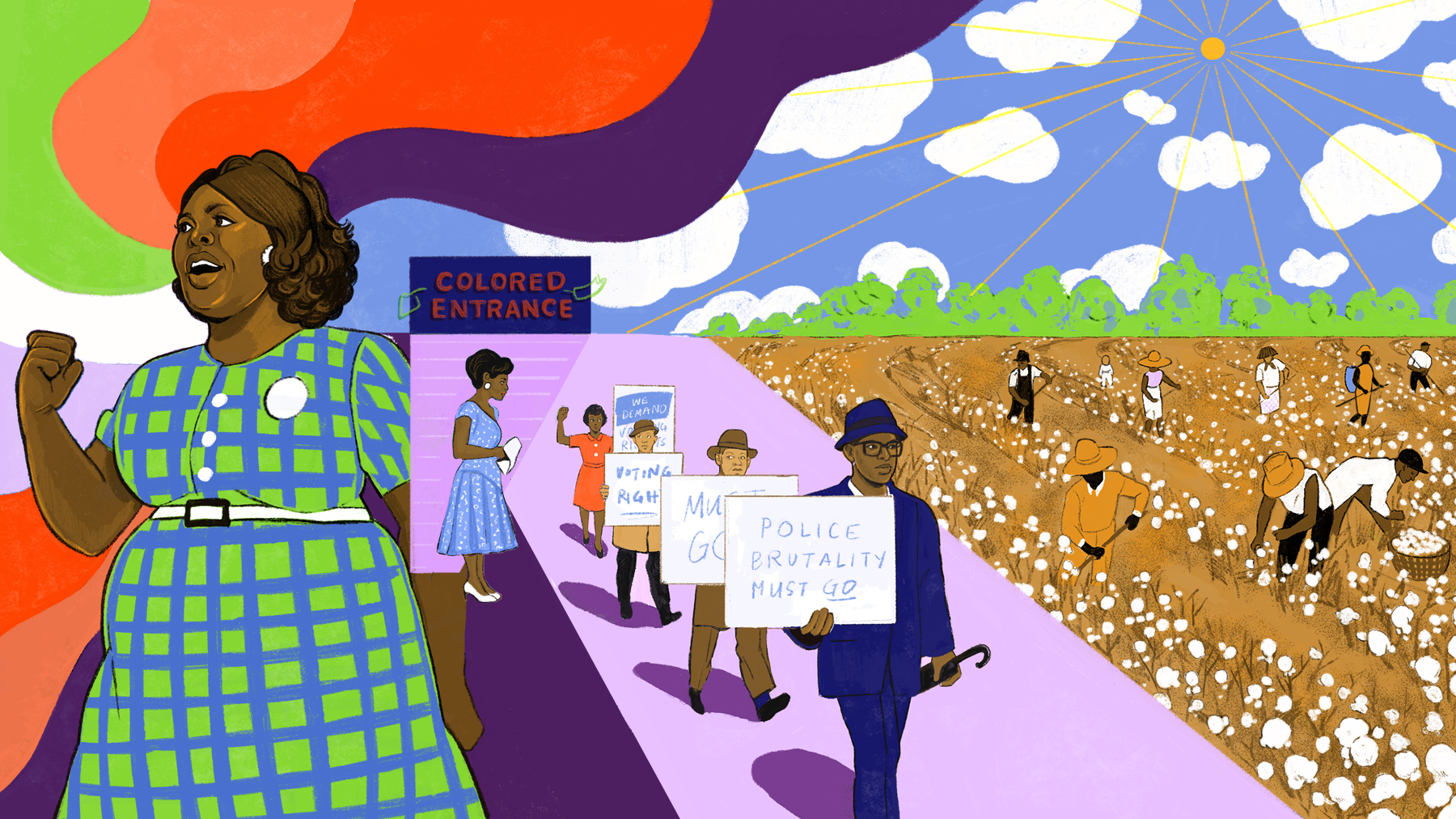
Episode 10: Slavery in the Constitution
Constitutional and legal historian Paul Finkelman explains the critical role slavery played in the founding of the United States and how the politics of slavery shaped in U.S. Constitution in ways that are still evident today.
